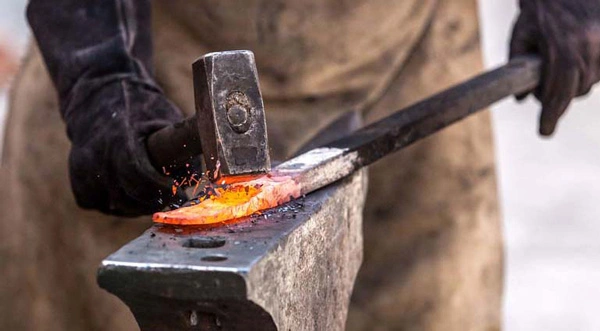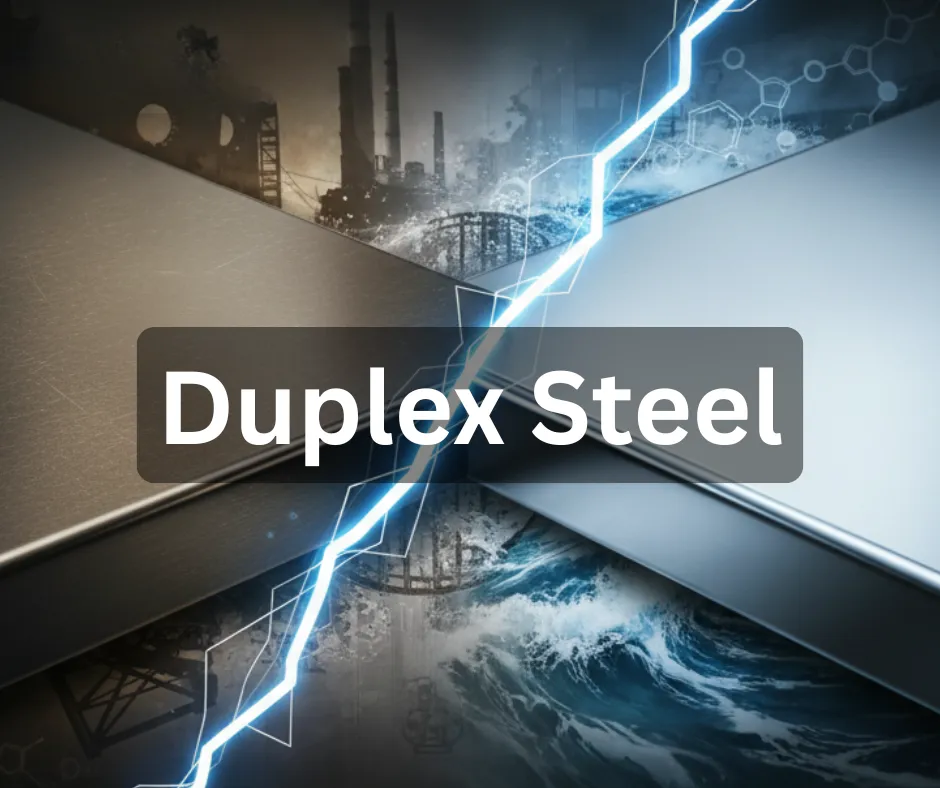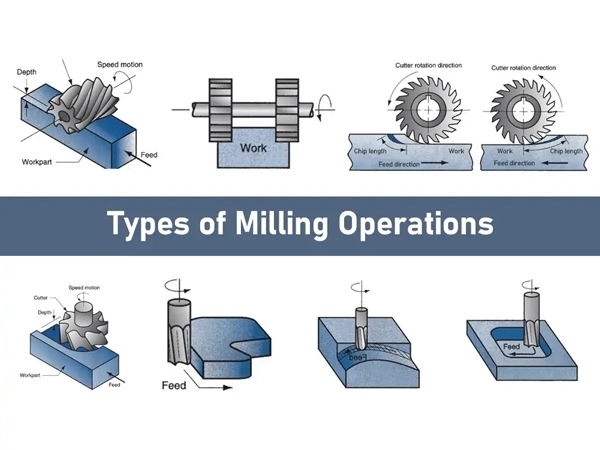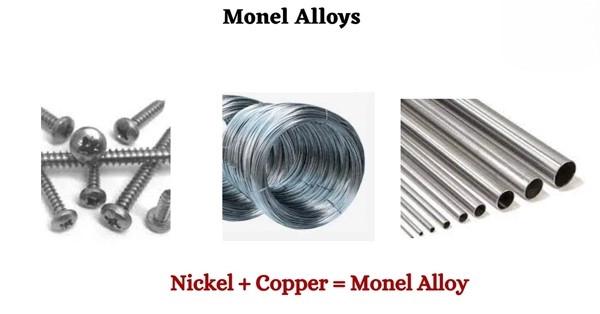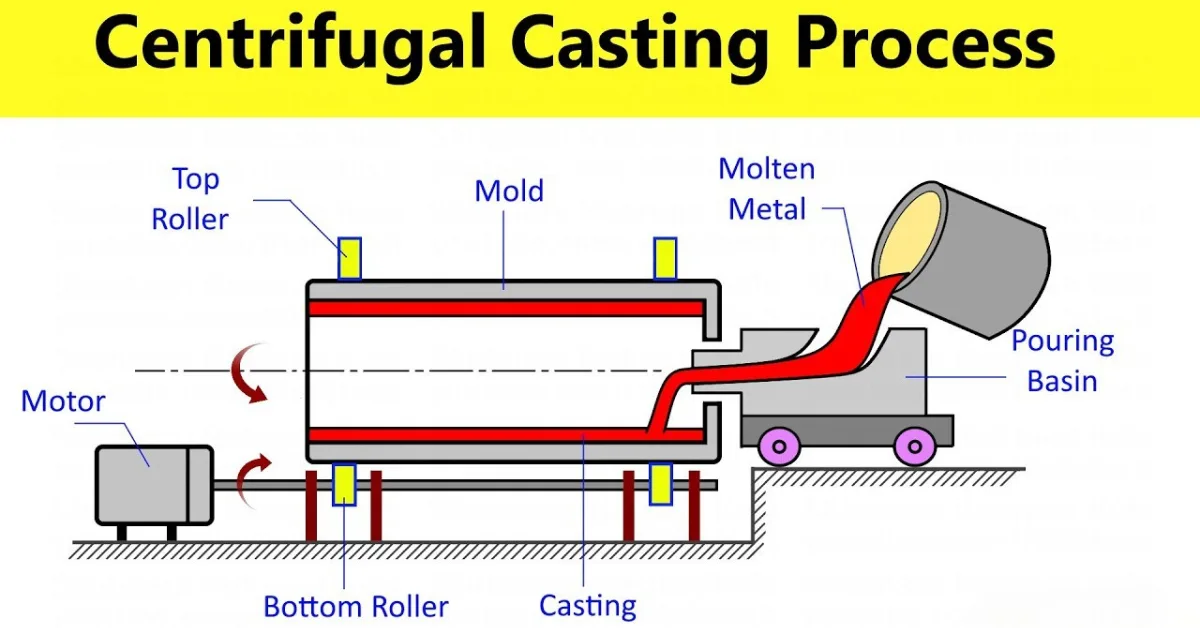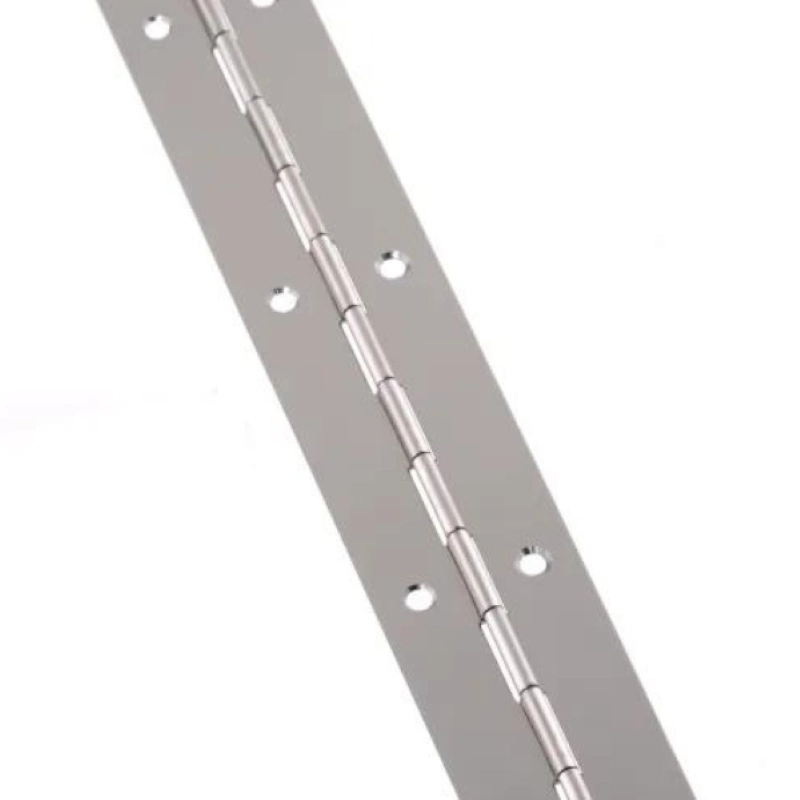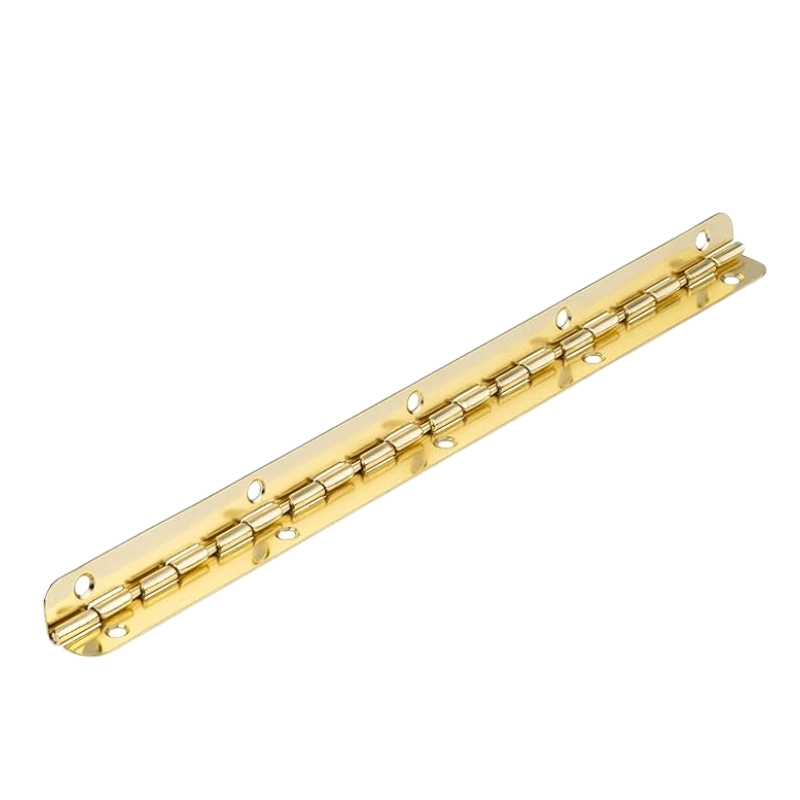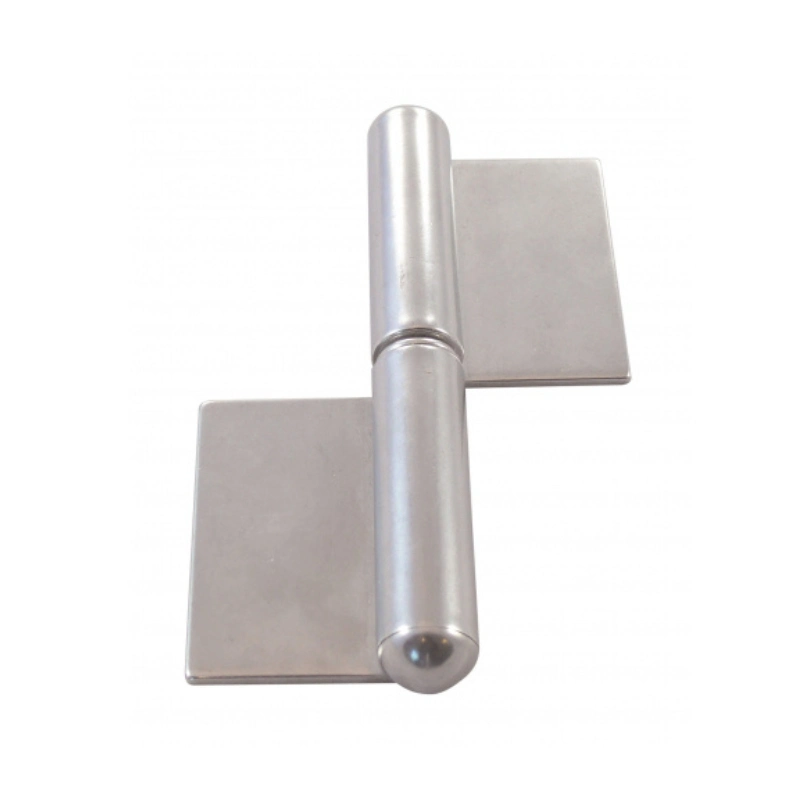What Is Metal 3D Printing?
Metal 3D printing, also known as additive manufacturing, is reshaping the way industries think about production.
Instead of traditional subtractive methods—where material is cut away to form a part—metal 3D printer builds objects layer by layer from metal powders.
This approach not only minimizes waste but also allows for complex designs that would be impossible or costly with conventional techniques.
Imagine creating custom aerospace components or medical implants tailored to individual needs, without the need for expensive tooling. It’s not just a faster process; it’s a more efficient and flexible way to manufacture high-performance parts.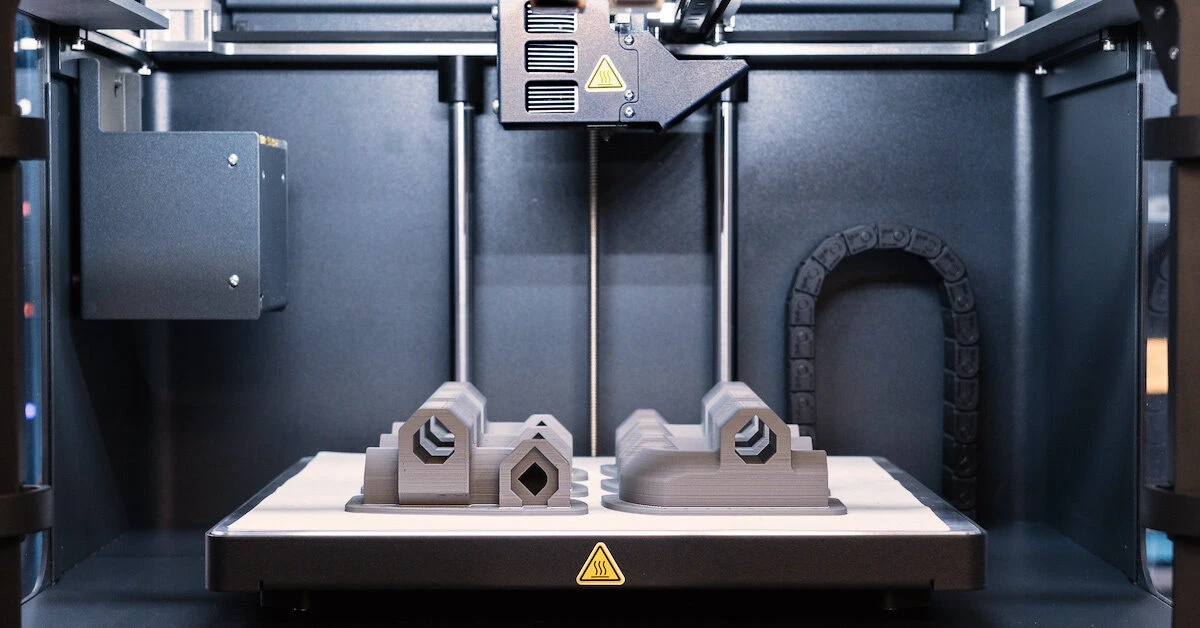
Materials and Their Forms Used in Metal 3D Printing
The primary material used in metal 3D printing is fine metal powder, which includes metals such as titanium, stainless steel, aluminum, Inconel, and various alloys. These powders are produced through processes like gas atomization, plasma rotating electrode, or mechanical alloying.
In gas atomization, molten metal is broken down into fine particles using high-velocity gas, ensuring the uniformity and high purity of the powder. The fine and consistent particle size is crucial for precise layer deposition and high-quality printing.
For example, titanium is widely used in the aerospace and medical industries due to its excellent strength-to-weight ratio and corrosion resistance. Stainless steel is valued for its durability and corrosion resistance, while aluminum is preferred for its lightweight properties. Inconel, a nickel-based superalloy, performs exceptionally well in high-temperature and extreme environments.
Digital Design in Metal 3D Printing
In metal 3D printing, digital design is crucial for layer-by-layer construction. The process includes the following steps:
Creating the 3D Model: Engineers start by designing the part using CAD software like AutoCAD, SolidWorks, or Fusion 360. This model contains all necessary details and specifications.
Slicing the Model: Once the model is complete, it’s processed using slicing software that breaks the 3D model into thin, 2D cross-sections, or layers, which are essential for 3D printing.
Generating Printable Files: The sliced model is saved in formats like STL or OBJ, which the printer reads. These files contain all the geometric data needed for printing.
How Metal 3D Printing Works (Process)
Taking Selective Laser Melting (SLM) and Direct Metal Laser Sintering (DMLS) as examples, metal 3D printing involves fusing metal powder layer by layer using a laser. The process includes the following key steps:
- Anti-Oxidation Measures: The printing process occurs in a sealed chamber filled with inert gases like argon or nitrogen to prevent oxidation. Oxygen levels are kept below 1000 ppm, and a continuous gas flow removes residual oxygen and fumes. Metal powder is stored and handled carefully to avoid exposure to air and moisture.
- Powder Layering: A thin layer of fine metal powder (20-100 microns thick) is spread evenly across the build platform.
- Selective Laser Fusion: A high-powered laser selectively fuses the metal powder according to the digital model to form solid layers.
- Layer-by-Layer Building: The build platform lowers after each layer, and new powder is spread, with the laser fusing each layer to the previous one.
Once printing is complete, the finished part remains attached to the build platform, surrounded by loose, unfused metal powder in the build chamber, which must be carefully removed.
Key Metal 3D Printing Methods
Metal 3D printing offers a range of sophisticated techniques, such as:
- Selective Laser Melting (SLM) uses a powerful laser to fully melt metal powder layer by layer, producing parts with exceptional density and strength. This method ensures high-quality, durable outcomes.
- Direct Metal Laser Sintering (DMLS), while similar to SLM, differs in that it sinters the metal powder without fully melting it. This approach allows for intricate, detailed designs, making it highly precise and versatile.
- Electron Beam Melting (EBM) employs an electron beam in a vacuum to melt metal powder. Its vacuum environment minimizes contamination, which makes it especially suitable for working with advanced materials like titanium or nickel alloys.
- Binder Jetting takes a different approach, using a liquid binder to adhere metal powder particles together. Though parts require post-processing, this method is faster and more cost-efficient, particularly for large-scale production runs.
Precision Achievable in Metal 3D Printing
Metal 3D printing offers high levels of precision, making it ideal for producing intricate, detailed parts. The typical dimensional accuracy achieved is within ±0.1 mm, depending on the method and material used.
Layer thickness, which can range from 20 to 100 microns, plays a significant role in determining surface finish and detail.
Factors such as the quality of the metal powder, laser settings, and post-processing techniques also influence the final accuracy.
Benefits of Metal 3D Printing
- Design Flexibility: Metal 3D printing allows for the creation of complex geometries that are impossible or expensive to produce using traditional methods.
- Material Efficiency: Unlike subtractive methods, metal 3D printing uses only the material needed for each part, minimizing waste and reducing production costs.
- Faster Prototyping: 3D printing enables quick transitions from digital designs to physical prototypes, accelerating development times and allowing for faster design iterations.
- Customization: The technology excels in producing custom, one-off parts without the need for extensive tooling, making it ideal for limited production runs and tailored components.
- Strength and Metallic Properties: Methods like SLM and DMLS fully melt or sinter metal powders, resulting in dense, high-strength parts. These parts often perform as well as, or even better than, those produced by forging or casting.
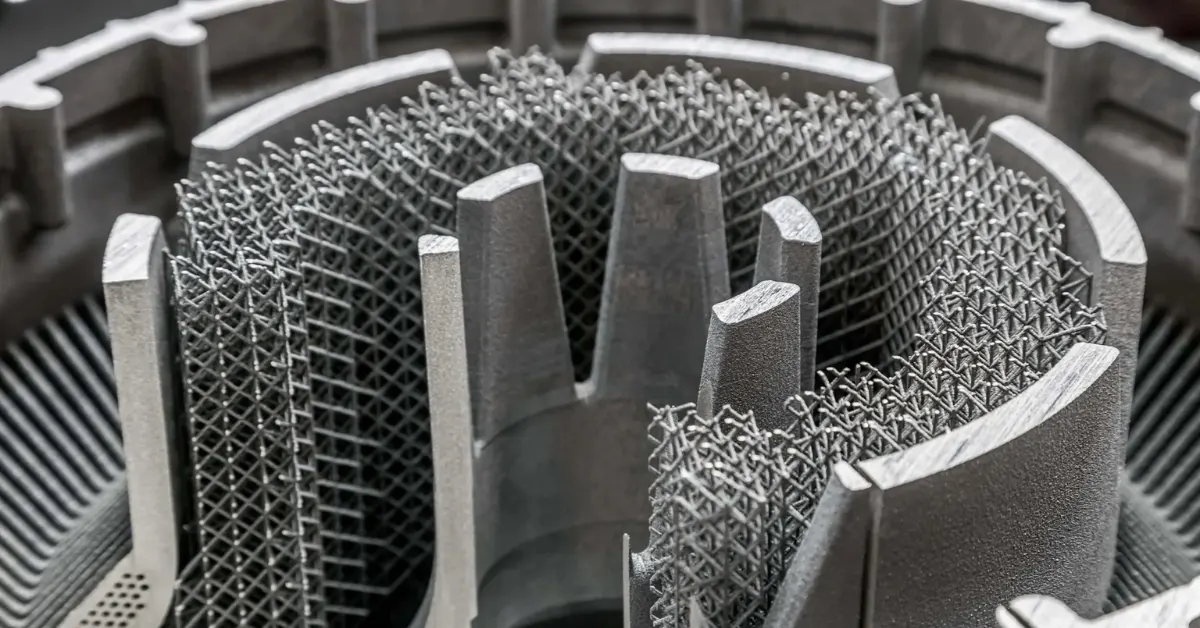
Limitations of Metal 3D Printing
One major challenge is the high cost of equipment and materials, making it less accessible for small startups or individual hobbyists. While many companies are offering custom metal 3D printing services, the pricing can still be prohibitively expensive for them.
Additionally, the build size is restricted by the printer’s chamber, which limits the production of larger parts.
Surface finish often requires post-processing to achieve the desired precision and aesthetics.
Furthermore, the range of available materials is narrower compared to traditional manufacturing, and the process can be slower for high-volume production when compared to methods like casting or machining.
Newly Developed Technologies in Metal 3D Printing
Recent advancements in metal 3D printing are pushing the envelope.
Hybrid manufacturing blends 3D printing with CNC machining, boosting precision and efficiency.
Multi-material printing now allows different metals in a single part, opening up new design possibilities.
Faster printing speeds and improved software are making large-scale production more feasible. Plus, expanded build sizes let us create bigger, more complex components than ever before.
Applications of Metal 3D Printing
Aerospace
Metal 3D printing is ideal for creating lightweight, complex parts like turbine blades and engine components that need to endure high stress and temperature.
Automotive
It’s used for rapid prototyping, enabling faster design iterations. Custom high-performance parts, such as engine components and exhaust systems, are also produced.
Medical
Metal 3D printing allows for customized implants and surgical tools, tailored precisely to a patient’s anatomy, offering improved outcomes.
Tooling and Molds
It streamlines the production of durable, precision tooling, reducing lead times for manufacturing processes.
Industrial Machinery
Precision metal parts enhance machinery performance and durability, making metal 3D printing invaluable in demanding industrial applications.
Leading 3D Metal Printer Brands and Prices
Two leading brands in the 3D metal printing industry are EOS and Renishaw, both known for their advanced technology and reliability. Let’s take a closer look at two of their typical models, including specifications and pricing.
EOS M 290
Price: Approximately $700,000.
The EOS M 290 is a top-tier industrial metal 3D printer recognized for its precision and robust performance. It features a build volume of 250 x 250 x 325 mm and uses a 400W laser to produce high-accuracy parts. This model supports a wide range of metals, including titanium, stainless steel, and aluminum.Renishaw RenAM 500Q
Price: Approximately $750,000.
The RenAM 500Q from Renishaw is designed for high-speed, multi-laser metal printing, making it one of the most efficient printers available. It offers a build volume of 250 x 250 x 350 mm, and its quad-laser system significantly reduces print times while maintaining top-notch quality. This printer supports materials like titanium and Inconel, which are ideal for demanding industries such as aerospace and medical.
Conclusion
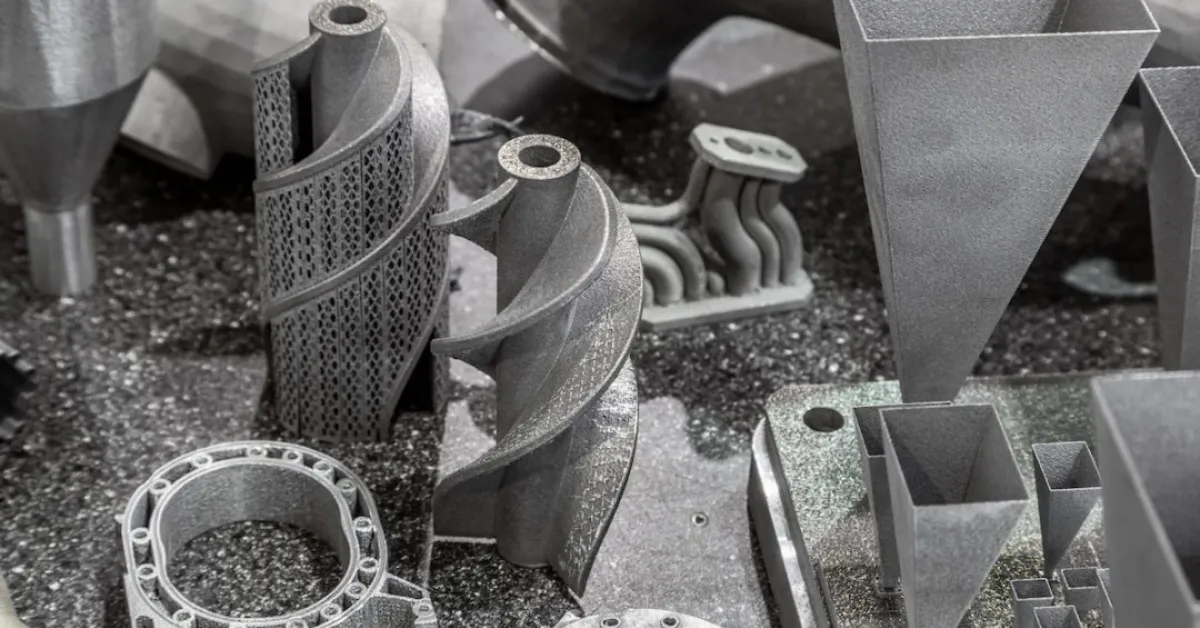 Metal 3D printing offers unparalleled design flexibility, material efficiency, and customization, making it a game-changer for industries like aerospace and medical. Despite challenges like high costs and size limits, advancements in technology are rapidly improving its capabilities. As metal 3D printing evolves, it will continue to play a critical role in modern manufacturing, delivering precision and innovation to a wide range of applications.
Metal 3D printing offers unparalleled design flexibility, material efficiency, and customization, making it a game-changer for industries like aerospace and medical. Despite challenges like high costs and size limits, advancements in technology are rapidly improving its capabilities. As metal 3D printing evolves, it will continue to play a critical role in modern manufacturing, delivering precision and innovation to a wide range of applications.
Discover more with our blog posts.
Recent Posts
Discover more about our products.
Related Products
Instant Quote!
